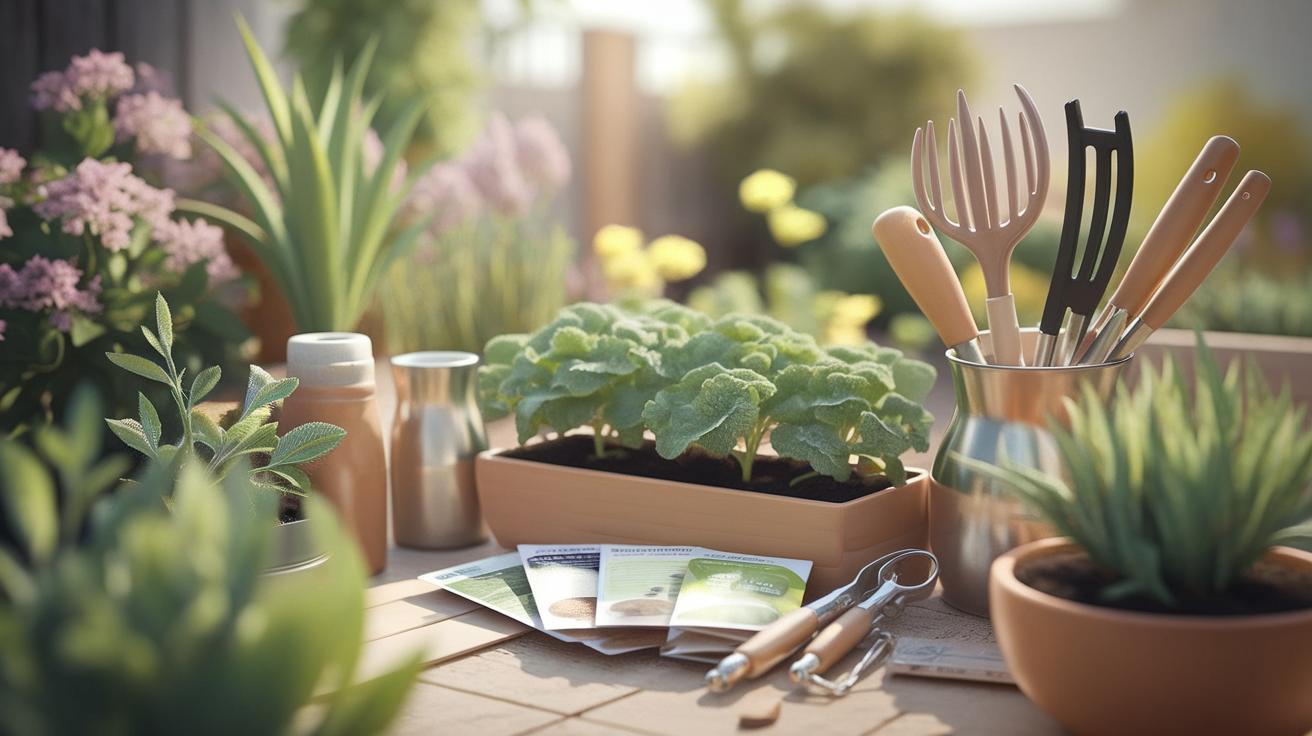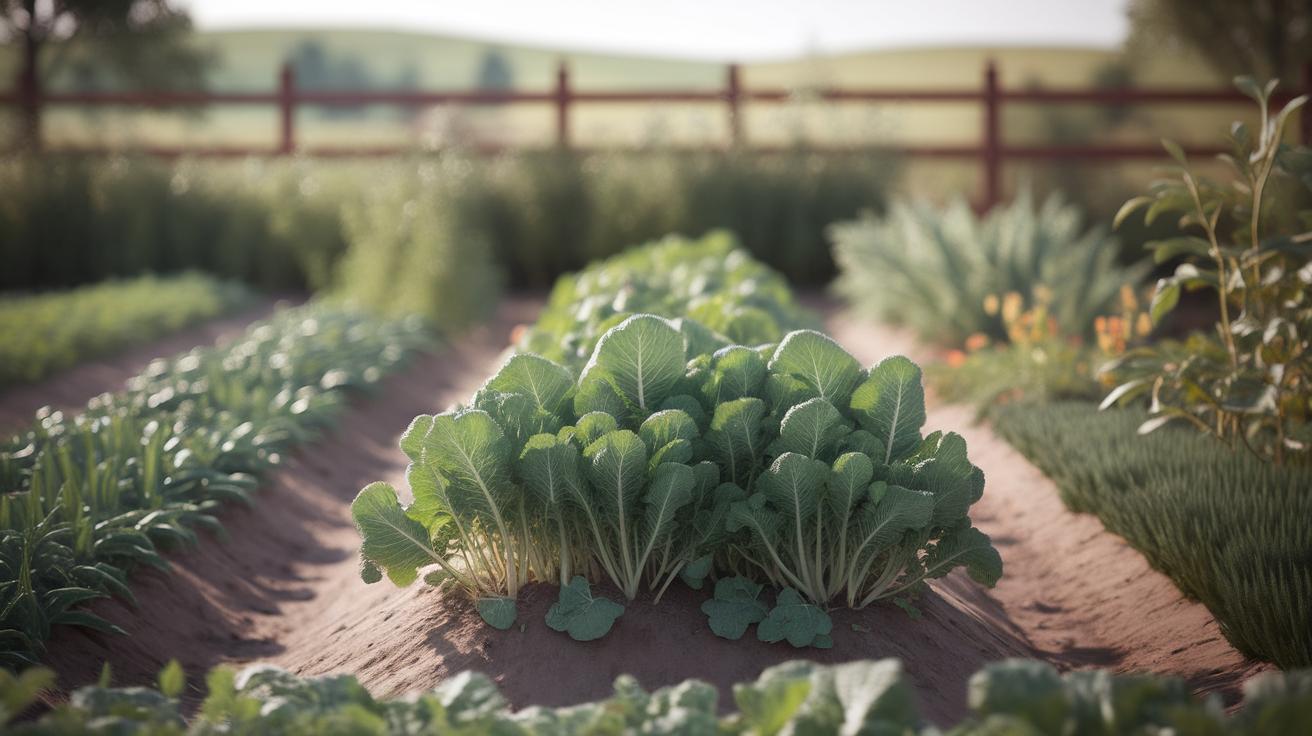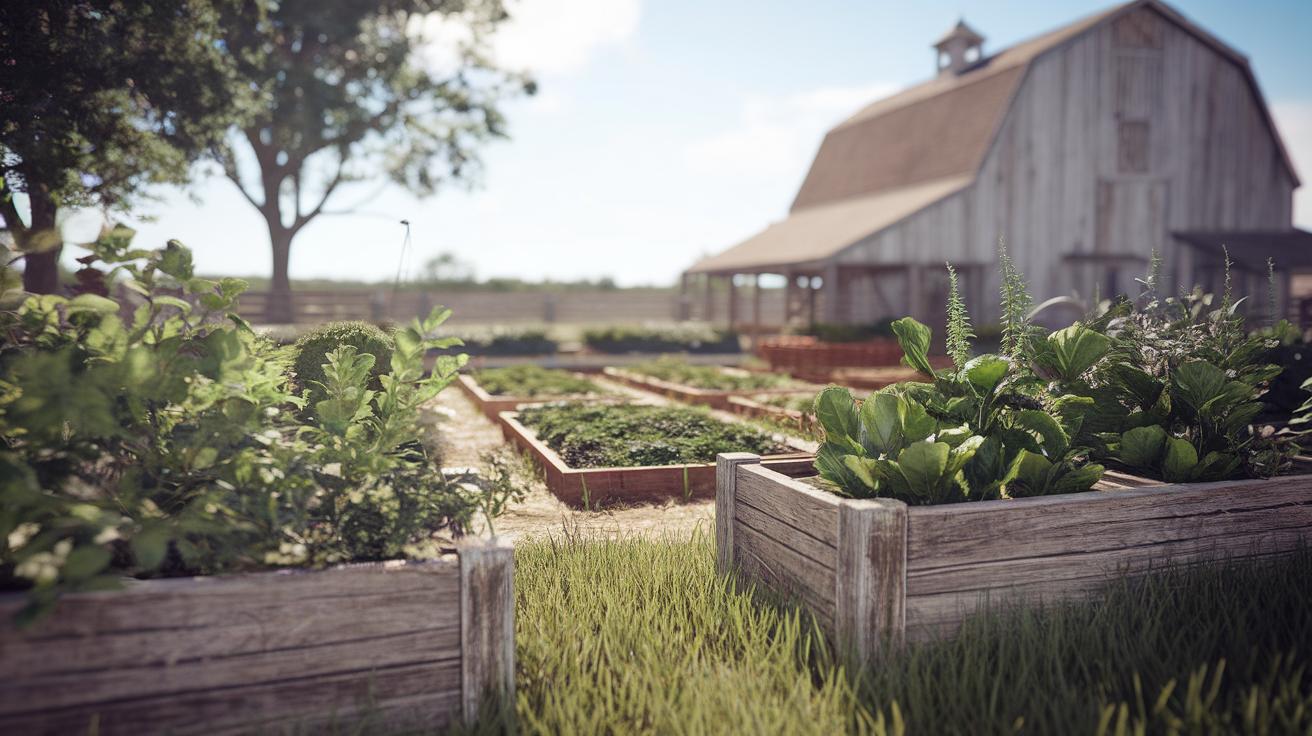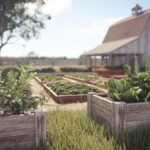Introduction
Gardening for beginners is a fulfilling endeavor that not only promotes relaxation but also yields fresh produce and vibrant flowers. As individuals take their first steps into this wonderful hobby, they may feel overwhelmed by the variety of plants and techniques available. Understanding the foundational aspects can greatly ease this transition and enhance their gardening experience. From selecting the right tools to understanding soil health, beginner gardeners must grasp essential tips and strategies that contribute to successful gardening.
This guide will explore fundamental gardening techniques, provide practical advice on plant selection, and share tips on nurturing your garden throughout the seasons. Embracing gardening as a beginner means embarking on a journey of learning and patience. By equipping yourself with knowledge and practical skills, you can cultivate a garden that thrives and brings joy to your life.
Understanding the Basics of Gardening
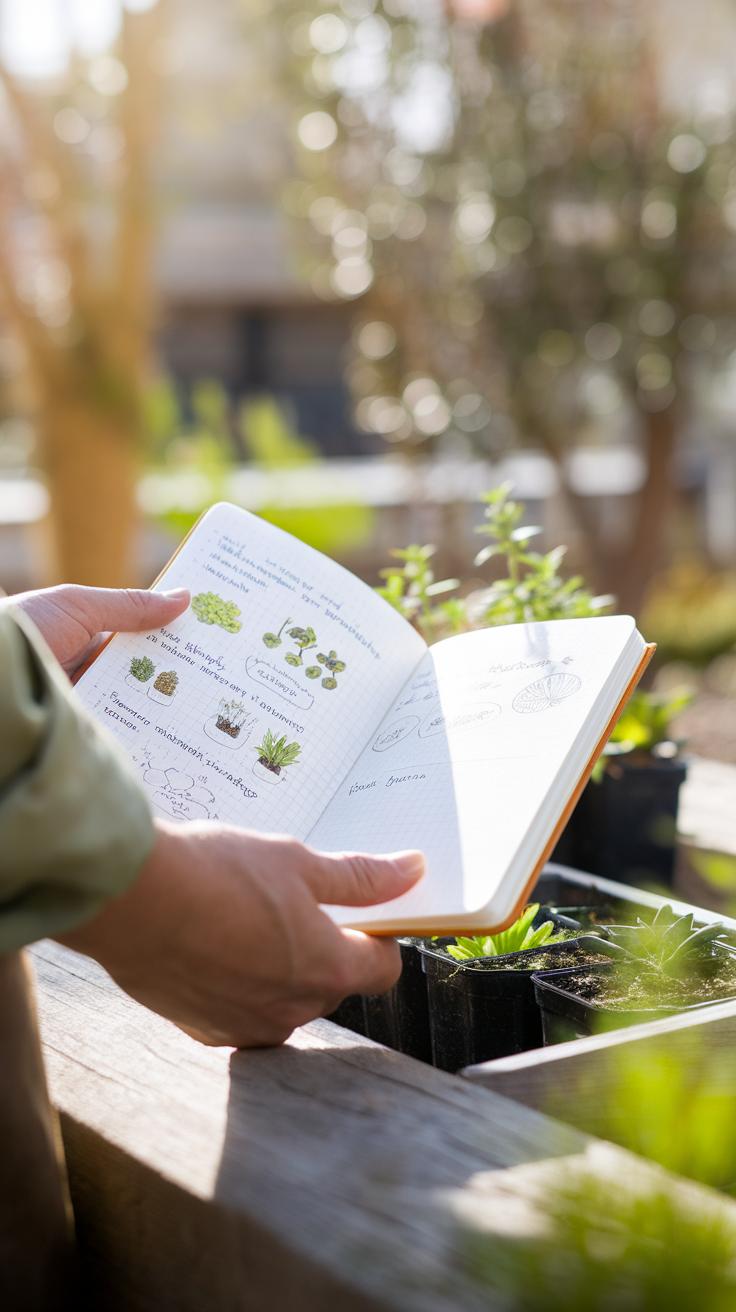
Gardening Principles Every Beginner Should Know
Grasping fundamental gardening principles is crucial for any novice gardener. A primary concept is photosynthesis, the process whereby plants convert sunlight into energy, using chlorophyll found in their leaves. This transformation allows them to thrive, necessitating adequate sunlight and water for optimal growth. Recognizing plant needs is indispensable; different species require varying amounts of light, moisture, and nutrients. Soil quality also plays a significant role, as it hosts essential microorganisms that aid root development.
Climate considerations cannot be overlooked. Understanding local climate conditions informs choices regarding suitable plants and planting times. Factors such as average temperatures, seasonal changes, and frost dates will affect plant health and growth cycles. By learning these principles early on, new gardeners will lay a solid foundation for a successful gardening experience.
Essential Tools for New Gardeners The Basic Toolkit for Beginners

The Fundamental Gardening Tools
A well-equipped gardener can achieve greater success and satisfaction, particularly when starting out. Among the essential tools, a quality trowel is invaluable for planting and transplanting small plants. This sturdy hand tool allows for precise digging and manipulation of soil, essential for new gardeners mastering the art of planting.
Another must-have is a pair of pruning shears. These tools facilitate shaping plants and removing dead or unnecessary growth, promoting healthier and more vigorous blooms. Reliable gloves protect hands while working with soil and plants, ensuring safety and comfort. A sturdy rake, vital for leveling soil and collecting debris, further enhances your gardening efficiency.
Watering cans or hoses, combined with a nozzle, ensure that plants receive the necessary hydration. These tools help maintain the right moisture levels, fostering growth and vitality. Assembling this basic toolkit will support new gardeners in their journey, making the adventure more enjoyable and fruitful.
Choosing the Right Plants A Guide for Beginner Gardeners
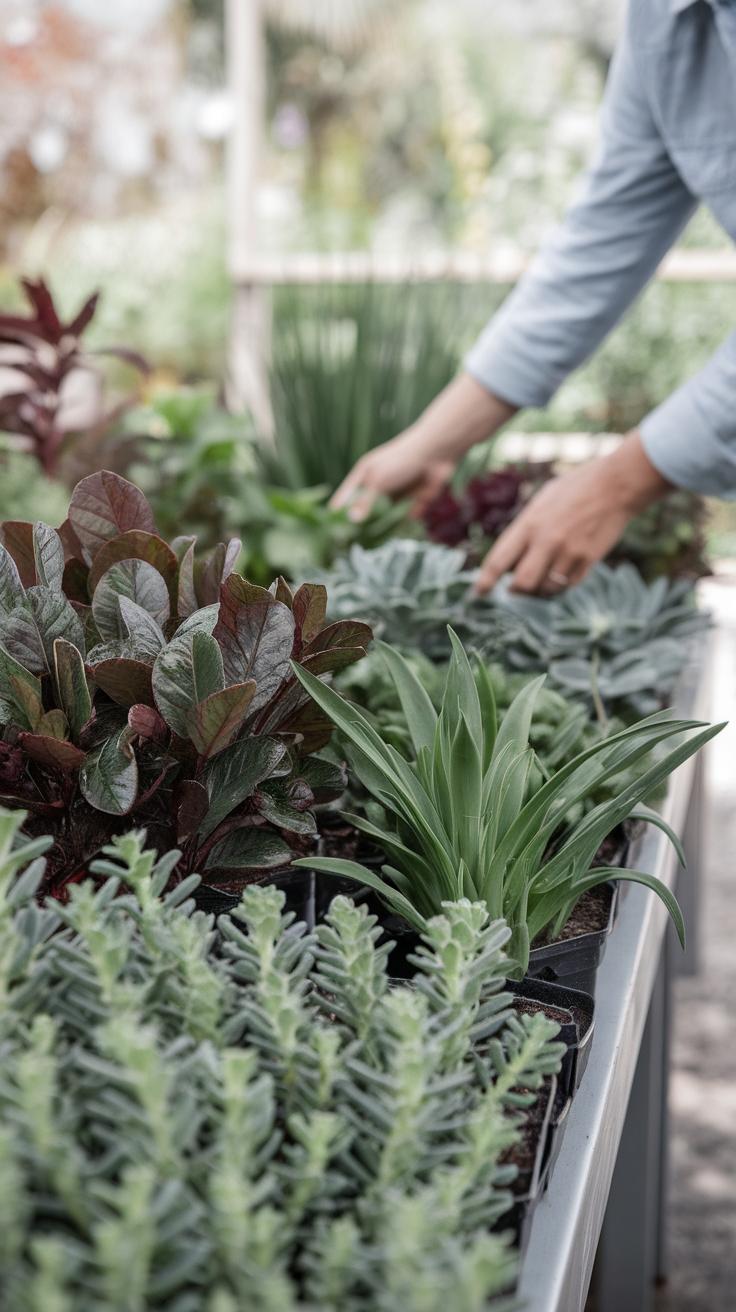
Selecting Suitable Plants for Your Environment
Identifying the right plants is pivotal for new gardeners, as it sets the foundation for a thriving garden. Start by assessing your gardening environment, including factors like sunlight, climate, and soil type. Consider plants that are well-adapted to your regional climate; for example, local native plants require less care and are usually more resilient. Furthermore, choose plants based on the amount of sunlight your space receives: full sun, partial shade, or full shade. A combination of flowering and foliage plants can create an appealing visual dimension while ensuring that you enjoy blooms throughout the growing season.
As a beginner, select plants that match your gardening skill level. Some species, like marigolds, radishes, and lettuce, are forgiving and simple to cultivate. Herbs, such as basil and mint, are not only easy to grow but also yield benefits for cooking. Starting with these less demanding plants can build confidence and understanding of the basic gardening processes. As you gain experience, you can gradually introduce more challenging varieties into your garden, expanding your skills while ensuring that you have a successful gardening experience from the start.
Soil Health and Preparation
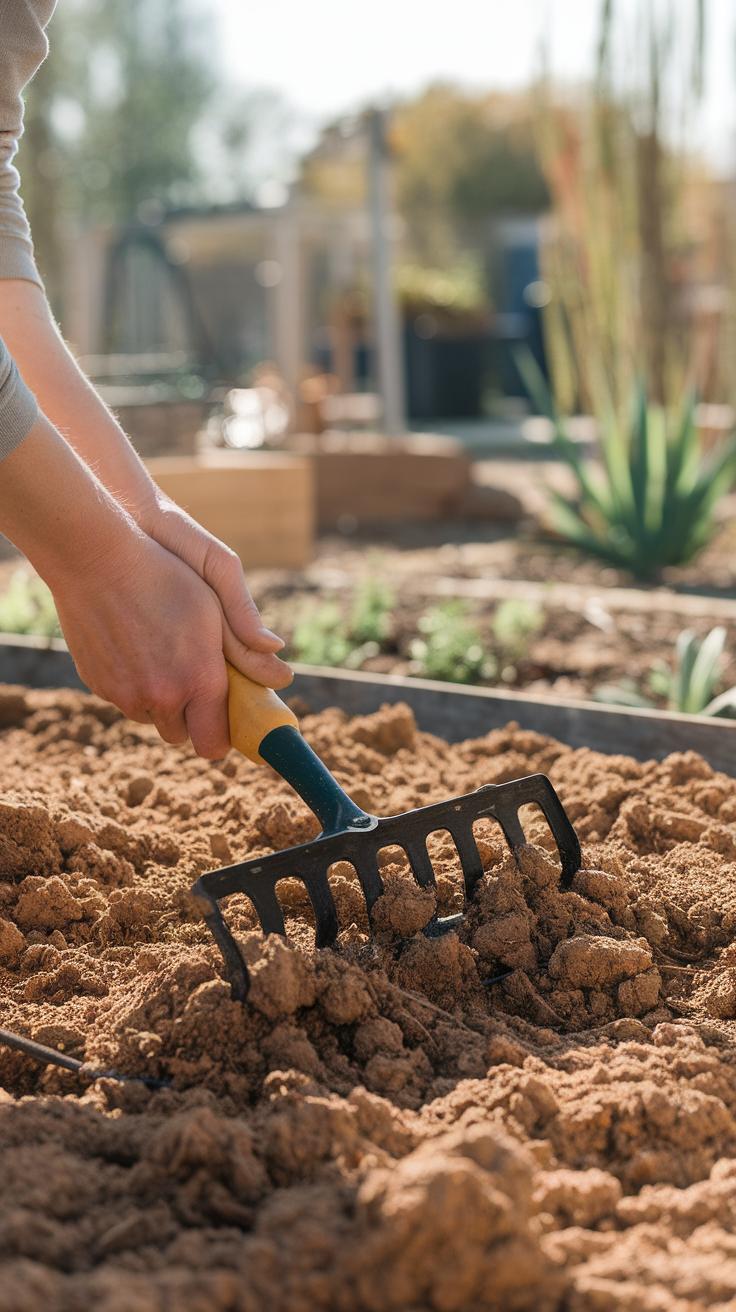
The Importance of Soil Health
Healthy soil serves as the foundation for thriving plants, offering essential nutrients, water retention, and a habitat for beneficial organisms. Quality soil also aids in drainage and aeration, ensuring that roots access what they need for growth. Understanding the soil structure and pH can make a significant difference in plant success. Testing your soil allows you to determine its composition and address any deficiencies. Healthy soil teems with organic matter, beneficial microbes, and earthworms, all of which enhance nutrient availability and bolster plant resilience. A robust soil ecosystem can help prevent disease and pest issues, making it vital for your garden’s long-term productivity.
Preparing Your Soil for Planting
Preparing soil for planting involves several essential techniques. Start by clearing the area of weeds, debris, and large rocks. Next, loosen the soil using a garden fork or tiller, incorporating organic matter such as compost or well-rotted manure. This improves fertility while enhancing structure. Adjusting the pH can be beneficial, depending on the types of plants you want to grow; for example, adding lime can raise pH, while sulfur can lower it. After mixing, form raised beds or rows to promote drainage if necessary. Properly prepared soil sets the stage for your plants to flourish, leading to a more productive and fulfilling gardening experience.
Watering Techniques for Beginners Effective Strategies for Various Plant Types
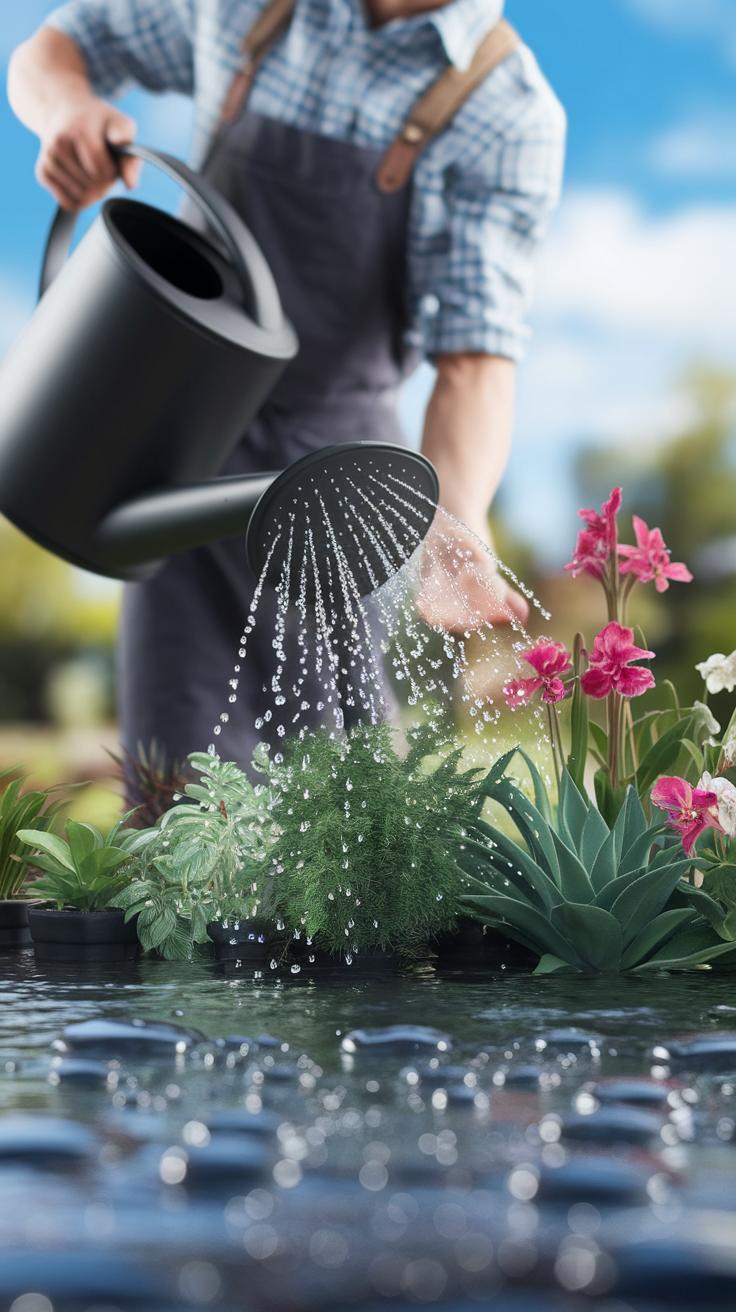
Understanding Plant Needs
Watering is a fundamental aspect of successful gardening. Different plants require distinct watering techniques and schedules to thrive. For instance, succulents prefer infrequent watering, with soil allowed to dry out completely between sessions. In contrast, leafy greens like lettuce benefit from consistently moist soil to ensure robust growth. It is vital to familiarize yourself with the specific needs of each variety to enhance their health and productivity.
Establishing a Watering Schedule
Creating a watering schedule is essential for maintaining optimal moisture levels. Newly planted seedlings typically thrive with watering three to four times a week, allowing for slow yet steady establishment. Once plants mature, the schedule can adjust based on their unique requirements and the prevailing weather conditions. Consider using mulching techniques to help retain moisture and reduce the frequency of watering, conserving both water and effort in your gardening journey.
Sunlight and Its Impact on Growth
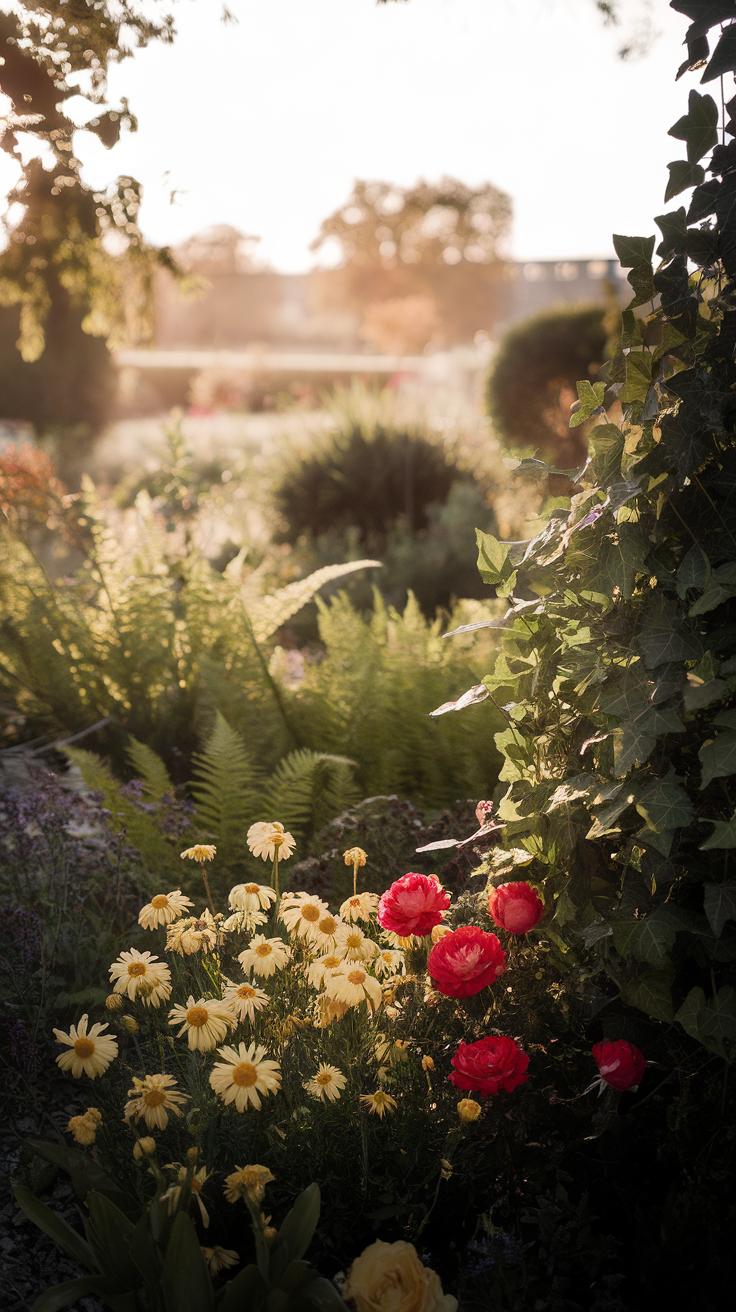
The Role of Sunlight in Gardening
Sunlight is fundamental to plant growth, functioning as the primary energy source for photosynthesis. During this process, plants convert light energy into chemical energy, enabling them to thrive. Every plant type has specific light requirements which can range from full sun to partial shade. Understanding these nuances is imperative for novice gardeners aiming to cultivate a successful garden.
Ensuring Adequate Light for Your Plants
To guarantee your plants receive the right amount of light, begin by observing your gardening area throughout the day. Identify spots that receive full sunlight for at least six hours, as many plants benefit from this duration. For shaded regions, consider planting shade-tolerant varieties. If natural light is insufficient, supplemental grow lights can effectively bridge the gap, especially during shorter days. Regularly monitoring and adjusting light exposure based on seasonal changes will also promote healthy plant growth.
Pest Control Strategies for Beginner Gardeners
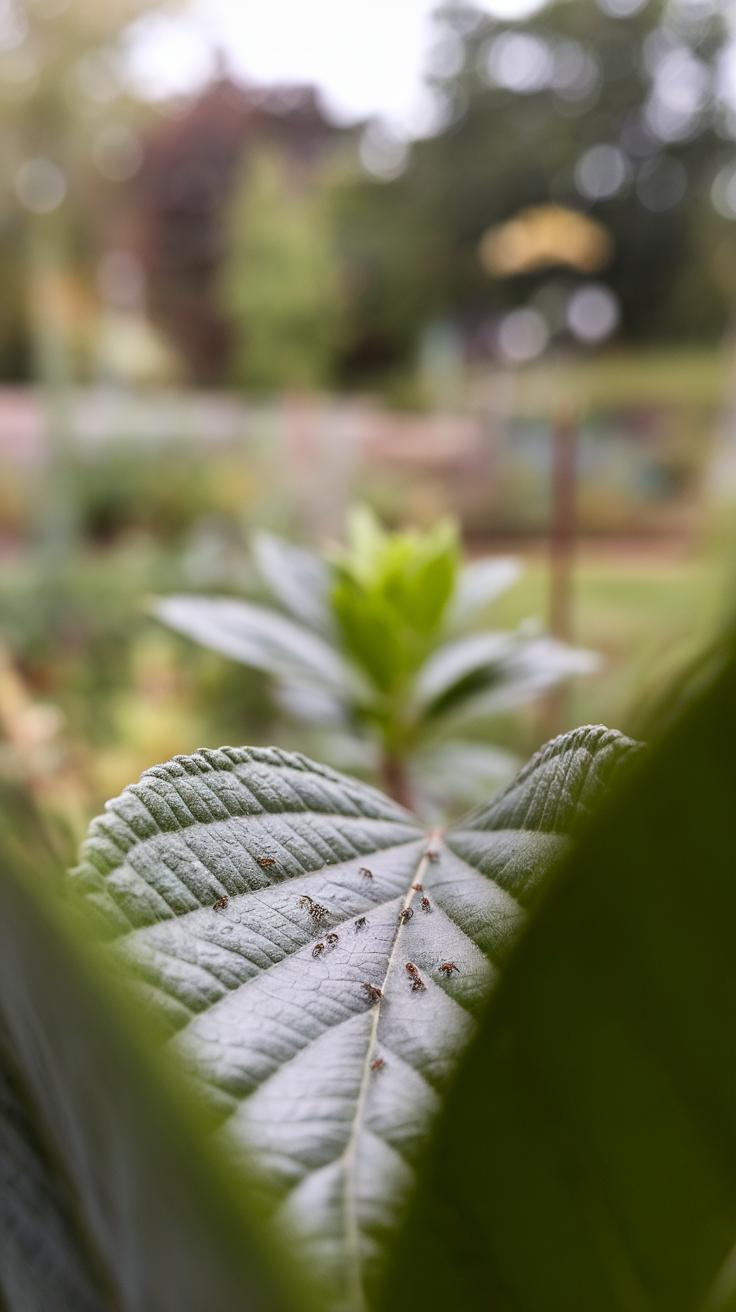
Effective and Safe Pest Control Techniques
Pest control is a vital aspect of gardening, especially for beginners who want to cultivate a healthy garden. One effective method is to encourage beneficial insects such as ladybugs and lacewings, which naturally feed on common pests. Planting a diverse variety of species can create a balanced ecosystem, reducing the likelihood of pest infestations.
Another approach involves using barriers like row covers or nets to physically block pests from reaching your plants. Companion planting is also a strategic way to deter unwanted insects; for example, marigolds are known to repel nematodes and aphids. Additionally, insecticidal soap or neem oil serves as safe, organic options to manage pests without harming beneficial insects. Regular monitoring and maintaining overall plant health through proper watering and fertilization can significantly lessen the risk of infestations.
Seasonal Gardening Tips Adapting Practices for Different Seasons
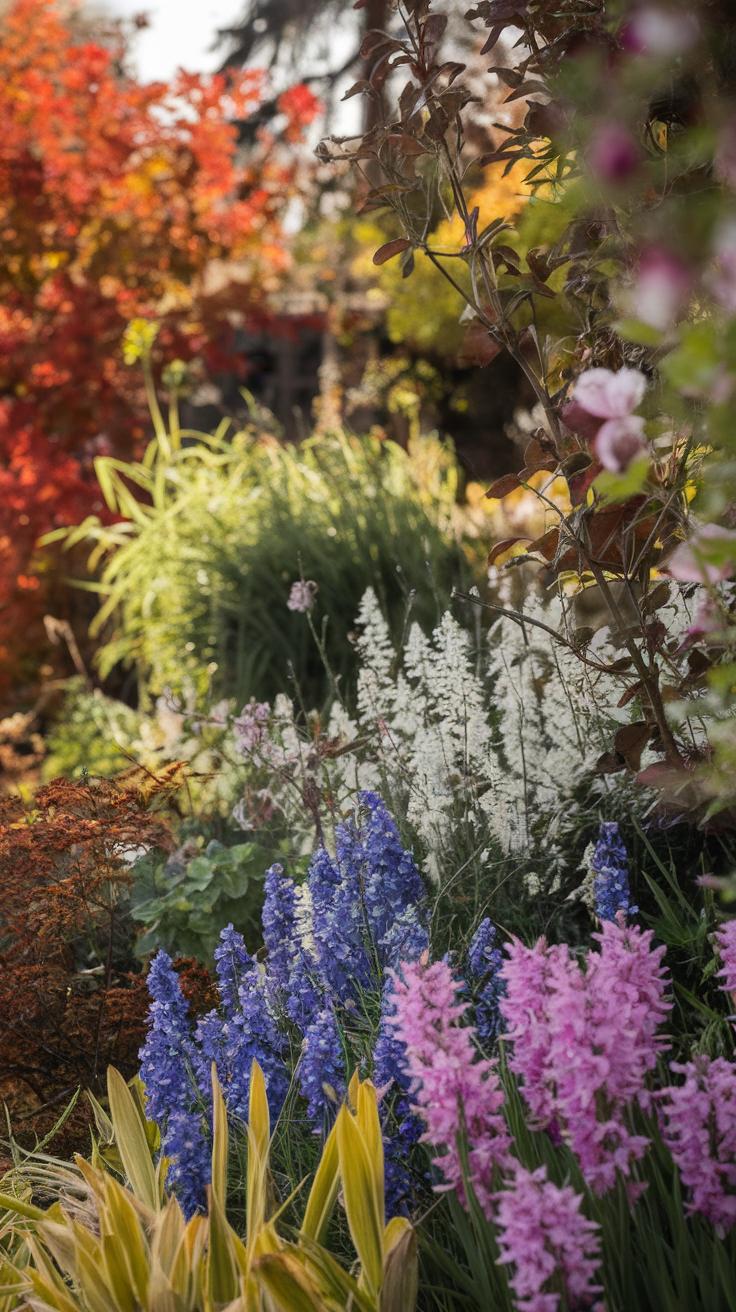
Spring Gardening Practices
Spring is the time for rejuvenation in the garden. Begin by testing your soil and enriching it with organic compost to foster healthy growth. Choose fast-growing seeds or young plants suited to your climate, such as peas or lettuce. Regular watering is crucial, but be cautious of overwatering, as newly planted seeds are vulnerable to root rot.
Summer Strategies for Garden Success
During summer, focus on maintaining moisture and managing heat stress. Implement mulch around plants to retain soil moisture and suppress weeds. Regularly check for pests, especially caterpillars and aphids, that thrive in warm conditions. Consider planting heat-tolerant varieties such as tomatoes and peppers to ensure a thriving summer garden.
Fall Preparation and Planting
As temperatures drop, fall is ideal for planting perennials and preparing for the upcoming winter. Incorporate cover crops to enhance soil quality and combat erosion. Additionally, clean up any debris to minimize pests and disease. This is the opportune time to harvest late-season crops and store them properly for future use.
Winter Gardening Tips
Winter may not seem like a gardening season, but it’s versatile. Focus on protecting perennials by mulching and covering them when necessary. If you’re keen, explore indoor gardening options or start seeds indoors for spring planting. Keeping your tools clean and stored properly ensures you’re ready to spring into action the moment the weather warms up.
Harvesting and Maintenance Best Practices for Crop Harvesting and Garden Health
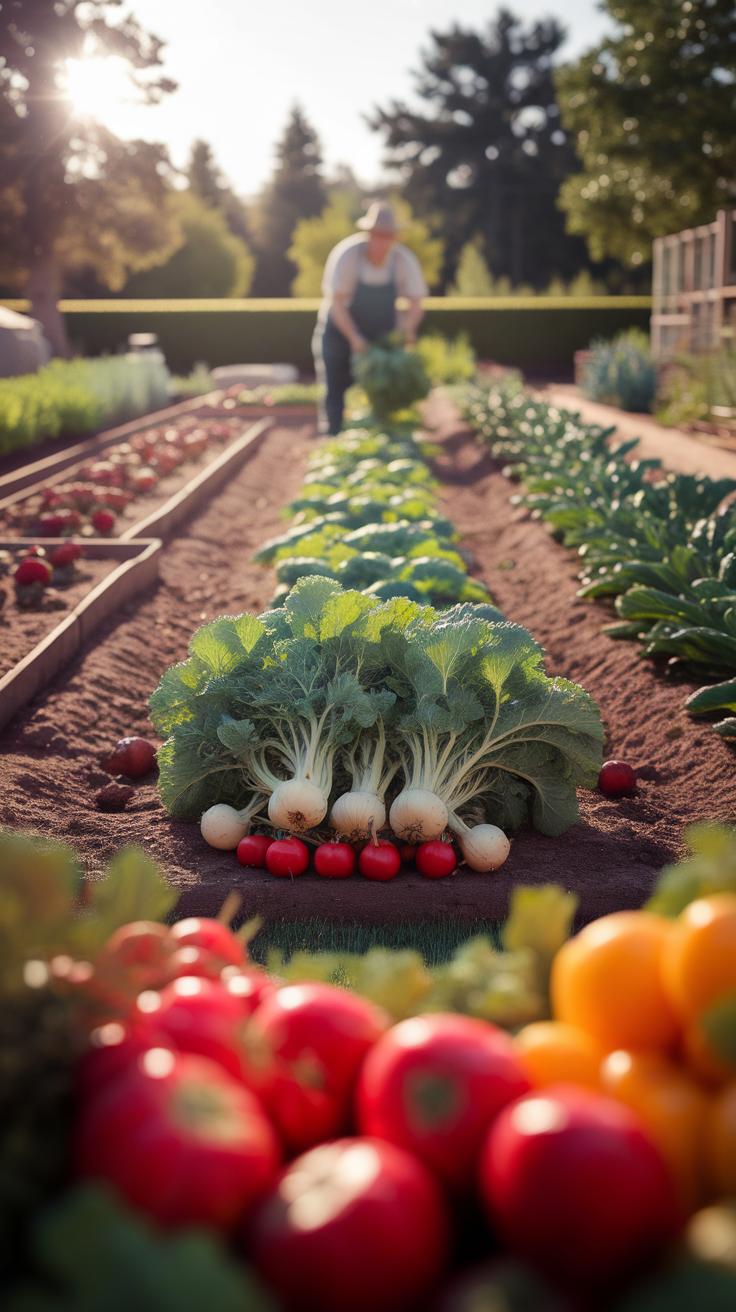
Harvesting Your Crops
Knowing when and how to harvest crops is key to enjoying the fruits of your labor. Each plant has a specific harvest time, often indicated by color, size, or firmness. To ensure peak flavor and nutrition, harvest in the morning when temperatures are cooler. Use clean, sharp tools to prevent damage to the plant. For crops like tomatoes and zucchini, a gentle twist should suffice, while root vegetables may require careful digging. Always harvest regularly to encourage further growth and prevent overripening.
Maintaining Garden Health
To sustain a thriving garden, attention to maintenance is vital. Regular weeding prevents competition for nutrients, while mulching helps retain soil moisture and suppress weeds. Establish a watering routine, ensuring plants receive adequate hydration, especially during dry spells. Organic fertilizers can enhance soil health without harming beneficial microbes. Keeping an eye out for pests and diseases allows for early intervention, safeguarding your plants. Remember that garden maintenance is an ongoing process that provides a solid foundation for future growing seasons.
Embracing the Gardening Community Essential Strategies for Beginners
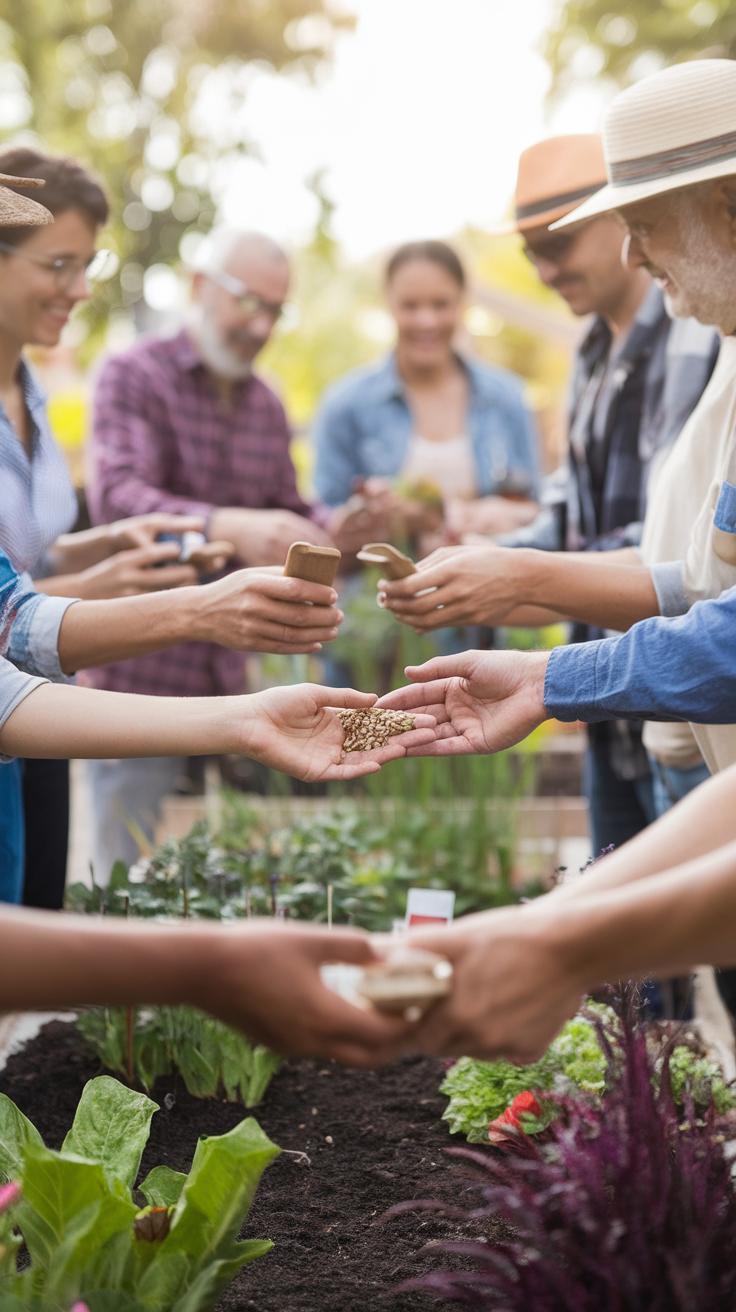
Connecting with Fellow Gardeners
Joining gardening communities offers new gardeners invaluable support and encouragement. Whether online or in-person, these groups provide a platform for sharing experiences, tips, and resources. Engaging with others who share the same passion can motivate beginners to overcome challenges and celebrate successes in their gardening journey. Many communities offer specialized forums or local meet-ups, allowing members to seek advice or assistance tailored to their specific growing conditions.
Utilizing Resources for Continuous Learning
Accessing a variety of resources is vital for ongoing education in gardening. Numerous websites, blogs, and social media channels are dedicated to sharing knowledge and practical advice. Beginners may benefit from instructional videos, podcasts, and webinars that cover everything from pest management to advanced planting techniques. Additionally, local garden centers often host workshops or classes that provide hands-on experience, enhancing skills and fostering confidence in one’s gardening abilities.
Conclusions
Gardening for beginners requires a blend of knowledge, patience, and hands-on experience. This article has outlined the crucial tips and strategies necessary to embark on this enriching journey, emphasizing the importance of understanding plants, soil health, and sustainable practices. As new gardeners gain confidence, they will discover the joys that come from nurturing their gardens and witnessing nature’s rewards.
The adventure of gardening is one that reaps both physical and emotional rewards. By applying the insights shared in this guide, beginner gardeners can foster not just plants, but also a deeper connection with nature and a sustainable lifestyle. It is time to start your gardening journey and watch your green space flourish.


